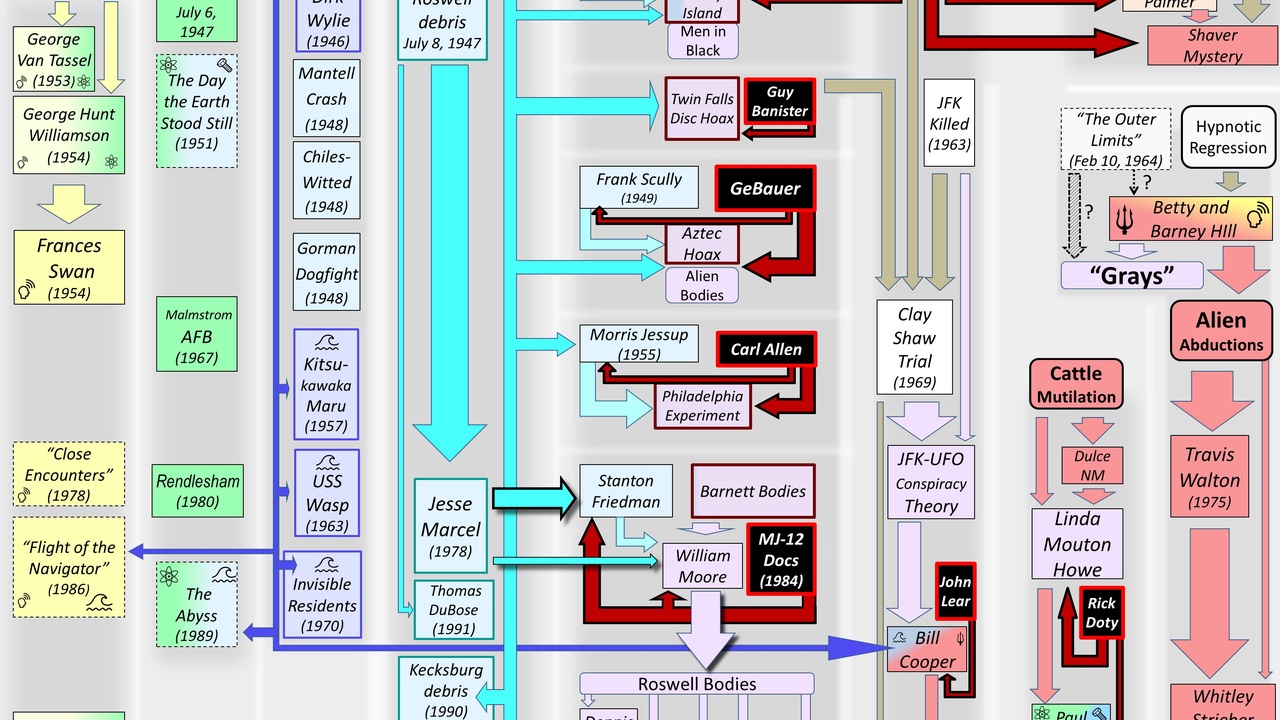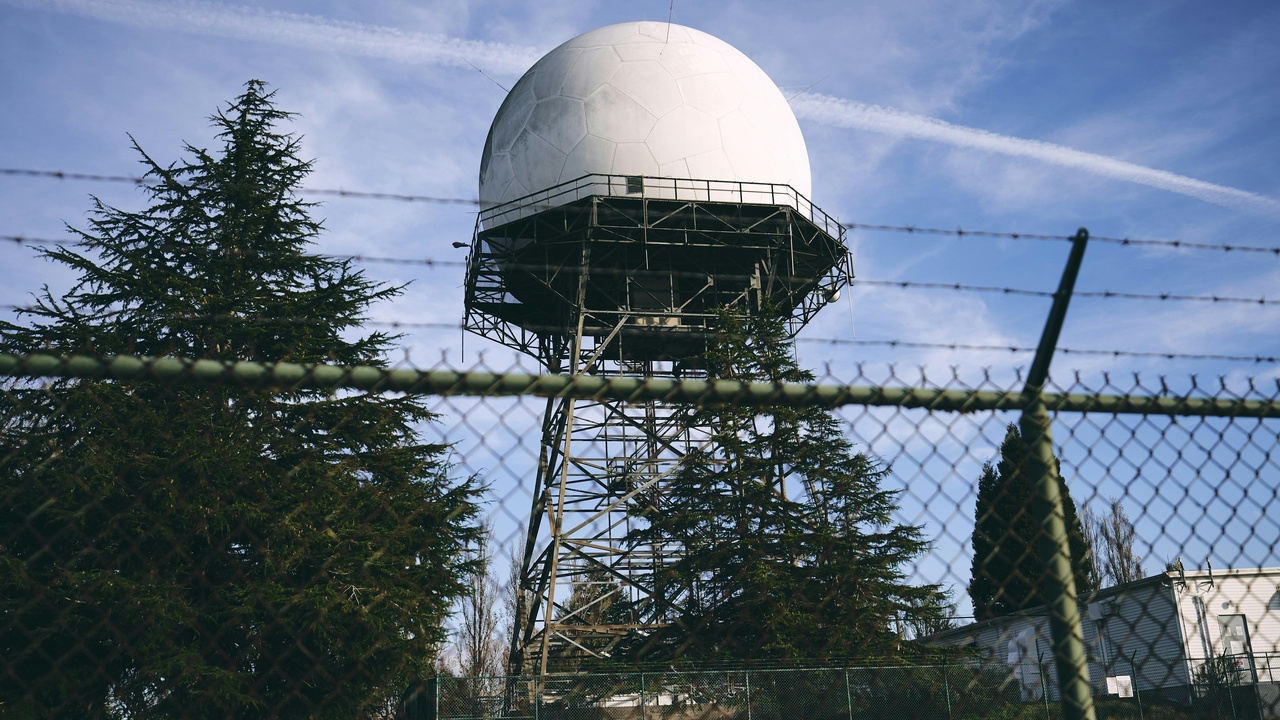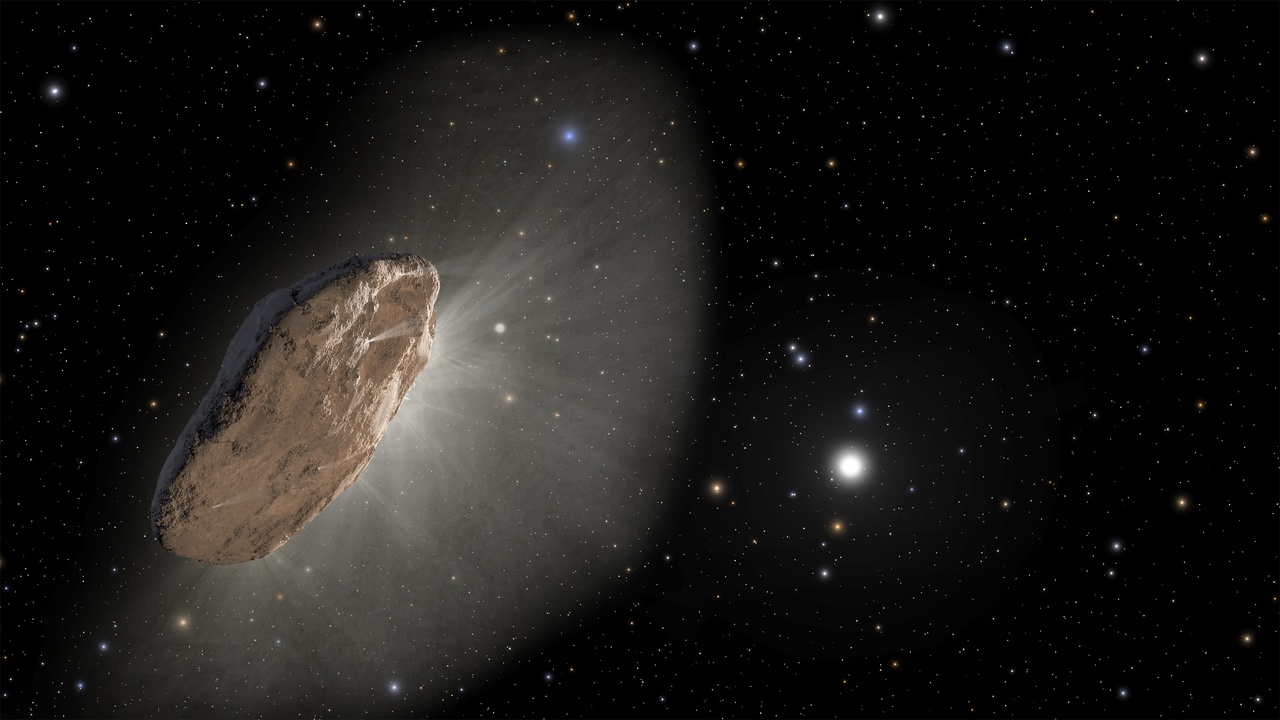In July 1947, an Army Air Forces press release about a “flying disc” in Roswell ignited public fascination that continues to this day. That single, dramatic headline has since folded into a larger, more methodical search for credible potential extraterrestrial artifacts.
While definitive proof of extraterrestrial technology remains unproven, a small set of well-documented anomalies—ranging from physical fragments to sensor recordings and interstellar visitors—represent the most promising candidates worthy of rigorous scientific scrutiny. These 10 candidates for alien technology are chosen for the quality of available data, the credibility of witnesses or instruments, and the potential real-world impacts if any proved non‑terrestrial.
The topic matters because confirmation would reshape science, change national security policy, and inspire new engineering paths. Institutions such as the Pentagon and SETI have raised the level of scrutiny by making data and methods more public, and that transparency helps separate noise from meaningful signals.
The list below is grouped into three categories: terrestrial physical evidence, sensor and observational phenomena, and spaceborne anomalies.
Terrestrial Physical Evidence

Claims that include recovered objects or biological material sit at the intersection of forensics and field investigation. Provenance, chain-of-custody, and independent laboratory verification are the backbone of credible claims; without them, even intriguing samples usually collapse to terrestrial explanations.
Below are three emblematic terrestrial candidates, with a focus on what the evidence actually shows and what better procedures would look like.
1. Roswell Debris and Contested Crash Reports (July 1947)
Roswell remains the archetypal physical candidate because eyewitness accounts and reports of physical debris from July 1947 have kept the story alive for decades. The initial Army Air Forces press release that summer sparked intense media attention and follow-up investigation.
Rigorous archival work and forensic study led the U.S. Air Force to publish investigative reports in 1994 and 1997 concluding that the recovered material most likely came from Project Mogul, a top-secret balloon program. That explanation resolved many technical inconsistencies, although it never damped public interest.
Roswell is useful as a case study: careful metallurgical analysis and documentary research can overturn sensational claims, but public skepticism endures when records are incomplete or witnesses disagree.
2. Anomalous Metal Fragments and Alleged Non‑Terrestrial Alloys
Fragments with claims of unusual strength, “memory” properties, or odd isotopic ratios appear repeatedly in informal catalogs and headlines. In most tested cases, standard metallurgy finds familiar alloys such as aluminum or titanium, not unknown elements.
A handful of samples have produced ambiguous results, but those usually trace back to poor provenance or contamination. Independent metallurgical testing in accredited labs, blind testing, and documented chain-of-custody are essential to separate terrestrial from genuinely anomalous material.
If a legitimately non‑terrestrial alloy were confirmed, the payoff would be huge for materials science; that prospect is why university labs and impartial organizations like the SETI Institute should be invited to run standardized analyses.
3. Biological Samples and Tissue Claims
Claims about non‑terrestrial tissue attract intense attention but also face a high bar: genomics can often show whether a sample is human, animal, or contaminated. Many high-profile examples have resolved to terrestrial DNA once proper sequencing and contamination controls were applied.
The so-called Atacama skeleton is a useful example: initial mystery gave way to comprehensive genetic testing that indicated human lineage and developmental anomalies. The case highlights how modern ancient-DNA methods and strict lab controls can settle debates.
Credible biological candidates must come with unbroken provenance, multiple independent tests, and raw sequence data shared openly so other labs can reproduce results.
Sensor Records and Observational Phenomena

Instrumented detections—radar, infrared, optical, and radio—raise credibility when multiple sensors agree. Cross-corroboration reduces the chance of instrument error or misperception and provides a richer data set to analyze.
The Pentagon’s willingness to release Navy video clips and the Office of the Director of National Intelligence’s June 2021 unclassified report helped move the conversation from anecdote to data-driven inquiry.
4. Navy UAP Videos and Multi-Sensor Encounters (2004, 2014–2015)
The Nimitz encounter in 2004 and the later 2014–2015 Tic Tac observations are high-profile because trained aviators and electro-optical/infrared sensors both recorded unusual behavior. The widely circulated FLIR1, Gimbal, and GoFast clips show objects moving in ways that challenged immediate explanation.
In 2020 the Pentagon publicly released three videos, and the ODNI published an unclassified report in June 2021 that cataloged UAP reports and stressed the need for better data. Those steps led to the creation of the All-domain Anomaly Resolution Office (AARO) in 2022 to standardize reporting and analysis.
From a practical perspective, these incidents matter for air safety and national security. Improved sensor calibration, routine cross-sensor recording, and better pilot reporting channels are direct, evidence-driven responses to those encounters.
5. The ‘Wow!’ Signal and Narrowband Radio Anomalies (August 15, 1977)
On August 15, 1977 the Big Ear radio telescope at Ohio State recorded a strong, narrowband spike now known as the Wow! signal. It stood out from background noise and matched the qualitative signature that radio SETI searches look for.
Despite targeted follow-up efforts, the signal was never repeated, and no definitive terrestrial source was identified. The one-off nature limits scientific inference, but the event inspired sustained investment in organized radio SETI work.
Modern programs such as Breakthrough Listen (launched in 2015 with significant funding) have improved instrumentation and sky coverage, offering a systematic way to re-examine narrowband anomalies with greater sensitivity.
6. Fast Radio Bursts, Unusual Transients, and the Technosignature Question
Fast radio bursts (FRBs) are millisecond radio flashes first cataloged with the Lorimer burst in 2007. Their brightness and brevity sparked speculation, though most working astrophysicists favor exotic natural sources like magnetars for many FRBs.
Since 2018 the CHIME telescope has dramatically increased the known sample, finding repeating and one-off FRBs and enabling localization for some sources. That progress lets researchers test whether any FRB patterns point to engineered signals.
FRBs are a useful technosignature candidate because they are energetic and observable across large distances; still, the burden of proof requires repeatability, precise localization, and multiwavelength follow-up.
Spaceborne Objects and Planetary Anomalies

Objects observed in space offer high scientific leverage, but many are seen only briefly. Interstellar visitors, uncataloged orbital objects, and odd surface features on the Moon and Mars all sit on this list because they can be checked with telescopes, probes, or tracking networks.
Next-generation surveys such as the Vera C. Rubin Observatory (LSST) and improved space situational awareness systems will reduce ambiguity by delivering earlier detections and denser follow-up observations.
7. Interstellar Visitors: ʻOumuamua (2017) and Peculiar Trajectories
ʻOumuamua, discovered Oct 19, 2017 by Pan-STARRS, was the first recognized interstellar object to pass through our system. Its unusual shape, rapid rotation estimates, and small but measurable non‑gravitational acceleration led to spirited debate about natural versus artificial explanations.
Data were limited because the object was already receding when discovery occurred, so interpretations ranged from outgassing to radiation pressure acting on a thin sheet. Avi Loeb and other commentators proposed provocative hypotheses; most of the community preferred natural explanations but acknowledged the need for better early warning.
The clear lesson is operational: earlier detections from surveys like Rubin/LSST would allow spectroscopy and, potentially, rapid rendezvous missions to conclusively characterize future interstellar objects.
8. Unidentified Orbital Objects and Anomalous Satellites
Space situational awareness catalogs already track tens of thousands of objects in orbit, but occasionally data show uncataloged objects or maneuvers that don’t match expected propulsion profiles. High-quality tracking is required to flag genuinely anomalous motion.
Non‑Keplerian behavior or unexpected station-keeping by a small, uncooperative satellite would be noteworthy. Often those anomalies trace to incomplete catalogs, radar cross-section uncertainties, or software mismatches rather than exotic technology.
Improving SSA, international data sharing, and more precise optical and radar follow-up reduce ambiguity and help policy-makers manage space traffic and security implications.
9. Surface Anomalies on the Moon and Mars (Imagery Artifacts vs. Features)
High-resolution orbital imagery sometimes produces features that people interpret as artificial, but careful analysis shows many are geological or imaging artifacts. The Lunar Reconnaissance Orbiter (launched 2009) and Mars Reconnaissance Orbiter/HiRISE (launched 2005) provide repeat, high-resolution views that settle most claims.
Pareidolia—seeing faces or structures in random patterns—explains many amateur reports, while image compression and lighting angles create illusions. Repeat imaging, stereo views, and spectral data are the tools that separate artifact from genuine anomaly.
When a claim survives these tests, targeted missions or high-resolution instruments can provide the decisive data, but so far no imagery-based feature has required an extra-terrestrial explanation.
10. Technosignatures from Exoplanets and Stellar Systems (Tabby’s Star, Laser/Optical Searches)
Technosignatures are intentional or accidental markers of technology—narrowband radio beacons, pulsed lasers, or abnormal transit light curves caused by large structures. KIC 8462852, known as Tabby’s Star, became famous after Kepler found unusual dips in 2015 that some suggested might hint at megastructures.
Subsequent multiwavelength follow-up favored explanations involving dust or opaque clouds rather than engineered structures. Still, the episode demonstrated the value of cross-disciplinary follow-up: radio, optical, and infrared observations together provide a fuller picture.
Programs such as Breakthrough Listen and optical SETI experiments now search for narrowband and pulsed optical signals, and continued investment in multimodal surveys improves our ability to spot and validate technosignature candidates.
Summary
- Prioritize the most evidence-rich cases: multi-sensor military encounters, interstellar visitors, and narrowband radio anomalies offer the best starting points for rigorous study.
- Physical fragments and biological claims need strict chain-of-custody and independent lab verification before they can move from curiosity to credible evidence.
- Invest in detection and follow-up: support programs like Breakthrough Listen, fund rapid-response capabilities tied to Rubin Observatory discoveries, and expand transparent SSA networks.
- Transparency matters: Pentagon/ODNI releases (June 2021) and the creation of AARO (2022) show how open data and standardized reporting raise scientific credibility for these investigations.
- Treat the search like any other scientific enterprise—insist on reproducible methods, open data, and peer review so that the most promising candidates for alien technology are either confirmed or set aside on solid evidence.
Enjoyed this article?
Get daily 10-minute PDFs about astronomy to read before bed!
Sign up for our upcoming micro-learning service where you will learn something new about space and beyond every day while winding down.

